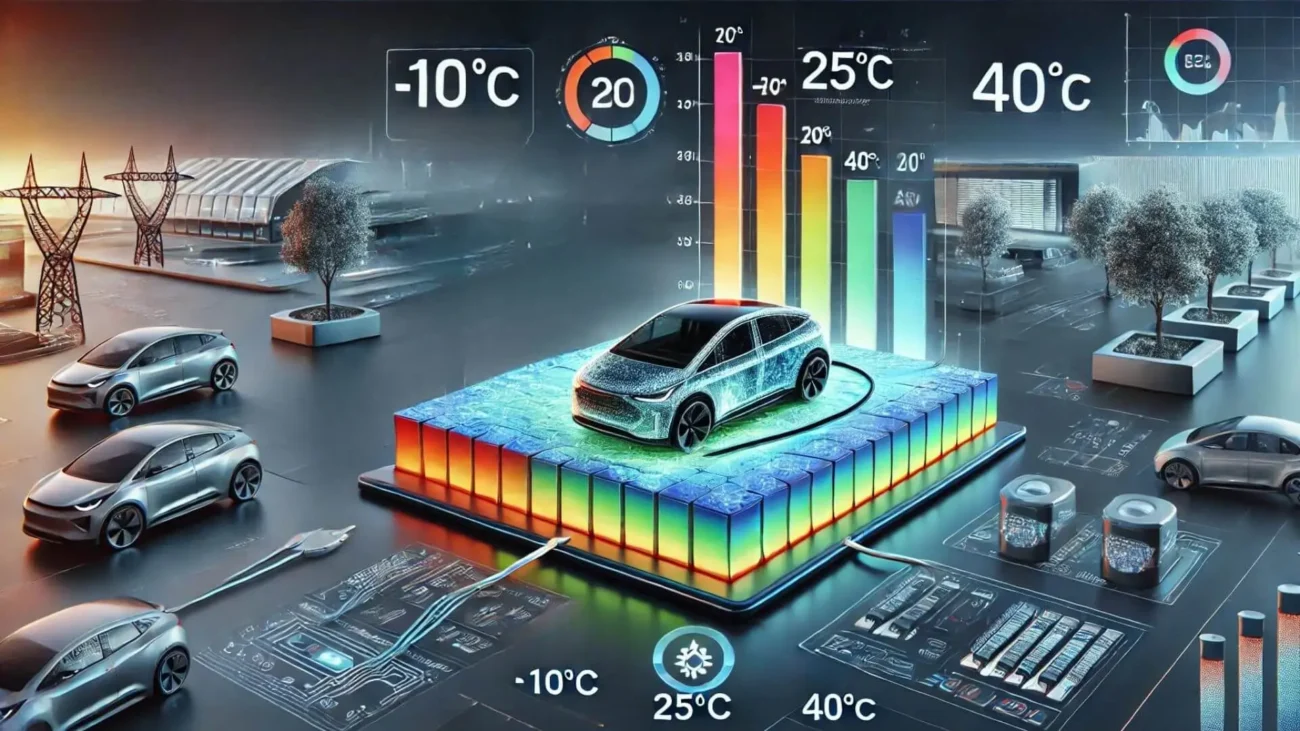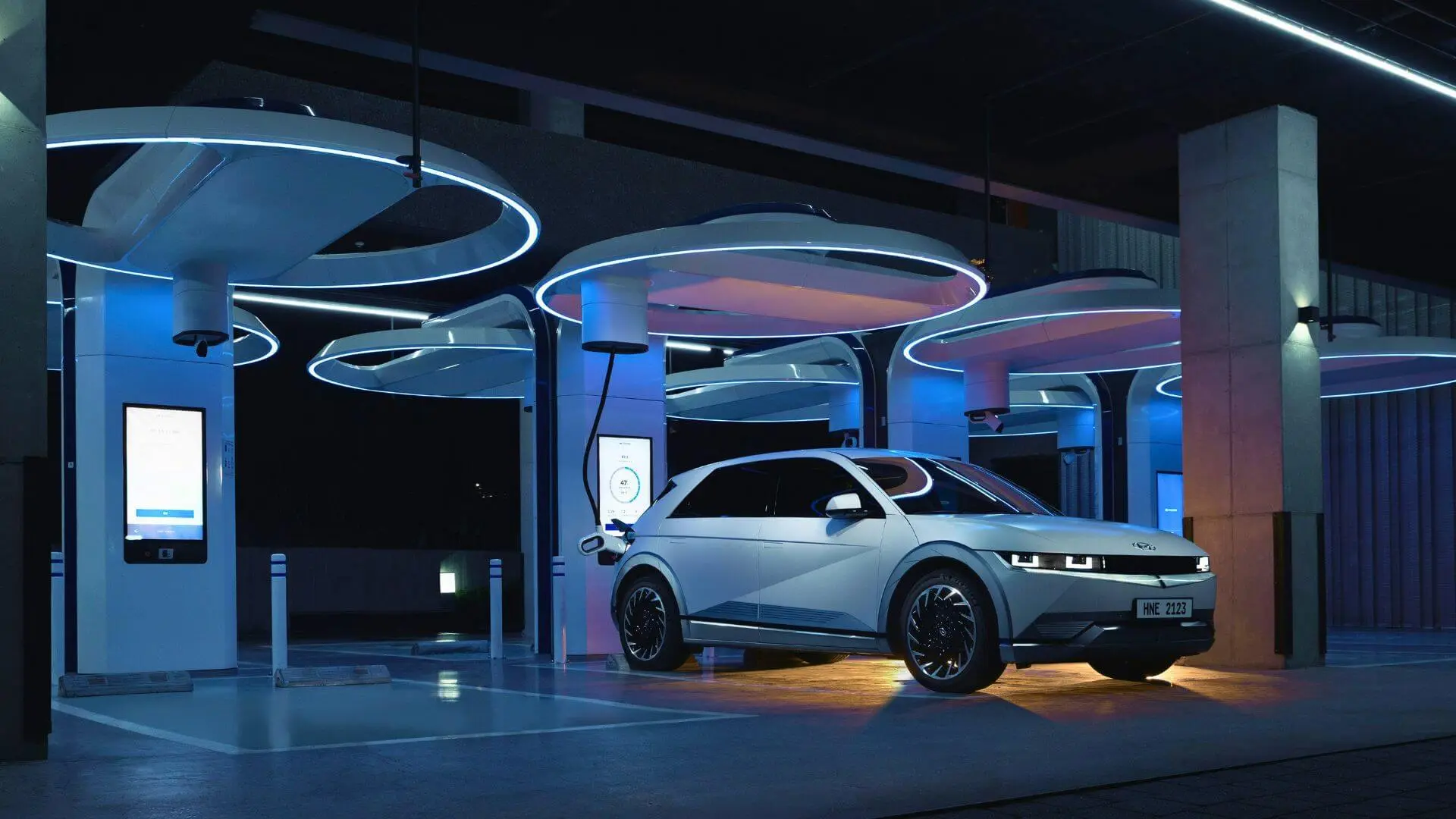EV Power Guide: Voltage, Current & Charging Insights
Electric vehicles (EVs) have revolutionized transportation, offering cleaner energy solutions and cutting-edge technology. Understanding EV power—specifically the relationship between voltage, current, and power output—is key to maximizing charging efficiency and battery lifespan. This guide explores EV power efficiency, optimization, and consumption to help you make informed decisions.
Understanding EV Power and Charging Basics
Voltage (V): The Driving Force
Voltage determines charging speed and system efficiency. Higher voltage systems, like 800V high-voltage architectures, enable faster charging than standard 400V systems.
Current (A): The Flow of Electricity
Current, measured in amperes (A), refers to the rate of electrical flow. While higher current can accelerate charging, it also generates heat and potential power loss, making voltage optimization crucial.
Power (kW): The Product of Voltage and Current
Power is calculated as Power (kW) = Voltage (V) × Current (A). This determines how quickly an EV battery charges, with different power levels impacting total charging time.
EV Charging Standards and Connectors
Global EV charging standards ensure compatibility across connectors and power levels. The IEC 62196 standard defines plug types, while ISO 15118 establishes smart communication between EVs and charging stations.
Choosing between Type 1 and Type 2 charging depends on your vehicle and region. Our guide on Type 1 vs Type 2 Charging explains key differences, benefits, and compatibility to help you decide.
EV Charging Standards by Region
- North America: J1772 (AC), CCS1 (DC), Tesla NACS (DC)
- Europe: Type 2 (AC), CCS2 (DC)
- China: GB/T (AC & DC)
Each standard operates at different power levels, affecting efficiency, consumption, and compatibility. When choosing a charger, ensure it matches your vehicle’s voltage and current requirements.
EV Power Levels and Real Charging Speeds
Best Use Cases for Different Charging Power Levels
Selecting the right EV charger depends on driving habits and charging needs. Below is a guide to help determine the best power level for your situation:
- 3.5 kW (Slow Charging): Ideal for overnight home charging and light commuting.
- 7 kW (Home Charging Station): Ensures a full battery overnight, suitable for daily drivers.
- 11 kW (Public AC Charging): Common in workplaces and commercial parking areas.
- 22 kW (High-Power AC Charging): Best for businesses and fleet operators, significantly reducing charging time.
- 50 kW (DC Fast Charging): Ideal for highway stops, allowing quick top-ups on long trips.
- 150 kW+ (Ultra-Fast DC Charging): Designed for high-end EVs, perfect for long-distance travel and high-traffic routes.
To better understand how power levels affect charging time, consider this comparison:
| Charging Power | Typical Charging Type | Time to Fully Charge a 60 kWh Battery | Use Case |
|---|---|---|---|
| 3.5 kW | Home slow charging (single-phase) | 17 hours | Overnight charging |
| 7 kW | Home wall box charger (single-phase) | 8-9 hours | Daily home charging |
| 11 kW | Three-phase AC charging | 5-6 hours | Public AC chargers |
| 22 kW | High-power AC charging | 3 hours | Workplace charging |
| 50 kW | DC fast charging (public stations) | 1.5 hours | Highway charging |
| 150 kW+ | Ultra-fast DC charging | 30-40 minutes | Long-distance travel |
Real-World EV Power and Charging Scenarios
Tesla Model 3 Long Range (75 kWh Battery)
- 7 kW home charging: ~10 hours
- 50 kW DC fast charging: ~1.5 hours
- 150 kW Supercharger: ~30-40 minutes to 80%
Hyundai IONIQ 5 (800V System, 72.6 kWh Battery)
- 11 kW AC charging: ~6 hours
- 350 kW ultra-fast charging: ~18 minutes to 80%
Nissan Leaf (40 kWh Battery, CHAdeMO Charging)
- 7 kW AC charging: ~6-7 hours
- 50 kW DC fast charging: ~40-50 minutes to 80%
Factors Affecting EV Power Efficiency and Charging Speed
Battery Management System (BMS) Limitations

Battery Management Systems (BMS) regulate energy flow, prevent overheating, and optimize efficiency. Research from NREL highlights how advanced BMS strategies extend battery life and improve performance.
Temperature Management
Temperature significantly impacts battery performance. According to the U.S. Department of Energy, cold temperatures increase resistance, slowing charge rates, while excessive heat triggers protective measures that limit power intake.
- Cold temperatures reduce efficiency due to increased resistance.
- High temperatures may activate thermal management systems, limiting power intake.
Grid Voltage and Power Availability
Charging speeds depend on grid voltage levels:
- North America (240V): Moderate AC charging speeds
- Europe (400V): Higher voltage allows faster AC charging
- China (220V): Similar to North America, but varies by region
Future Trends in EV Power and Charging
Wireless EV Power Charging
Wireless charging is becoming a viable alternative to traditional wired methods. The SAE J2954 standard outlines key interoperability requirements, ensuring seamless integration across different EV models.
Ultra-Fast EV Power Charging (350 kW+)

Future 800V architectures will enable faster charging with minimal power loss, making EVs more practical for long trips.
Vehicle-to-Grid (V2G) and Vehicle-to-Home (V2H) Power Sharing
New bidirectional charging technologies allow EVs to supply power back to the grid or even power homes during outages.
Solid-State Batteries for Enhanced EV Power
Solid-state batteries promise greater energy density, faster charging, and improved safety. Research from MIT explores how these next-generation batteries could revolutionize EV power systems.
EV Power FAQ
Q1: What is EV power, and why is it important?
A: EV power is the electrical energy used to drive an electric vehicle, influencing its efficiency, performance, and charging speed.
Q2: How does voltage affect EV charging speed?
A: Higher voltage systems enable faster charging by reducing the current needed for the same power output, leading to lower heat generation and improved efficiency.
Q3: What is the difference between AC and DC EV power?
A: AC power is typically used for slow home charging, requiring an onboard charger to convert it to DC. DC power bypasses the onboard charger and directly charges the battery, enabling much faster charging speeds.
Q4: Can using a higher EV power charger damage my battery?
Most modern EVs have a Battery Management System (BMS) that regulates power intake to prevent damage. However, frequent ultra-fast charging may slightly accelerate battery degradation over time.
Conclusion
Understanding EV power is essential for optimizing efficiency, selecting the right charger, and maximizing battery lifespan. EV owners can make informed charging decisions by considering voltage, current, and power levels.
Want to improve your EV power efficiency? Check out our top-rated EV chargers here!
With advancements in high-voltage architectures, ultra-fast charging, and battery technology, the future of EV power is evolving rapidly. Are you ready for the next generation of EV charging?
Last Updated on February 19, 2025 by tayniu

